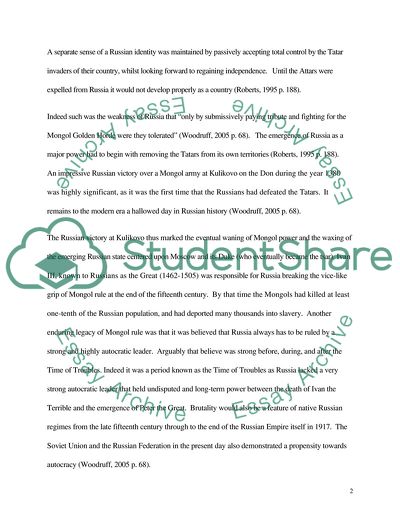Cite this document
(An Evaluation of the Time of Troubles in Russia Article, n.d.)
An Evaluation of the Time of Troubles in Russia Article. https://studentshare.org/history/1712736-time-of-troubles-in-russia-sixteenth-and-seventeenth-century
An Evaluation of the Time of Troubles in Russia Article. https://studentshare.org/history/1712736-time-of-troubles-in-russia-sixteenth-and-seventeenth-century
(An Evaluation of the Time of Troubles in Russia Article)
An Evaluation of the Time of Troubles in Russia Article. https://studentshare.org/history/1712736-time-of-troubles-in-russia-sixteenth-and-seventeenth-century.
An Evaluation of the Time of Troubles in Russia Article. https://studentshare.org/history/1712736-time-of-troubles-in-russia-sixteenth-and-seventeenth-century.
“An Evaluation of the Time of Troubles in Russia Article”. https://studentshare.org/history/1712736-time-of-troubles-in-russia-sixteenth-and-seventeenth-century.


